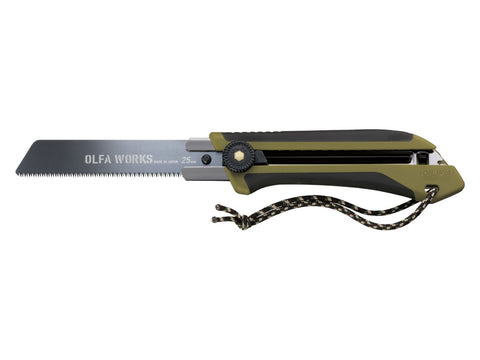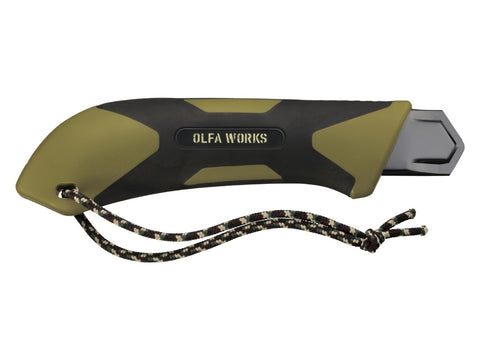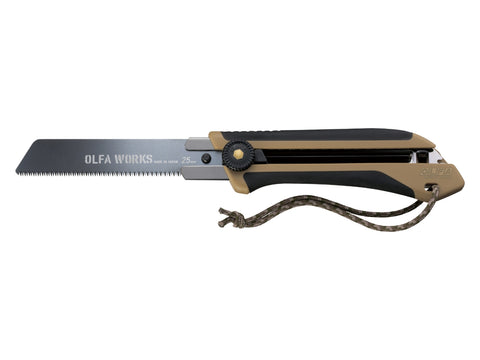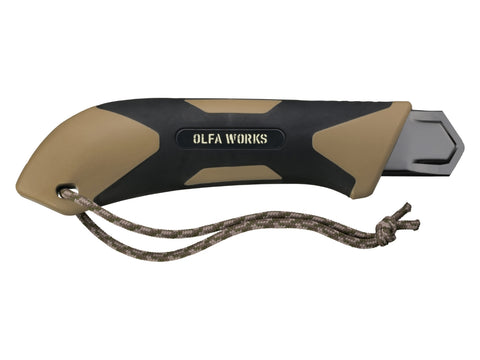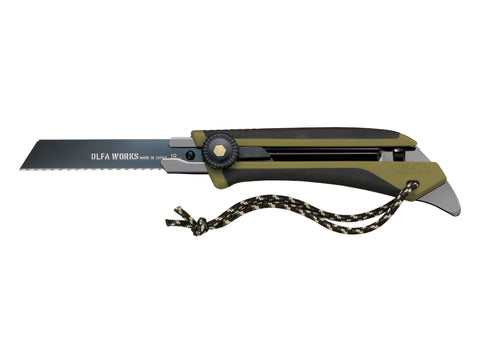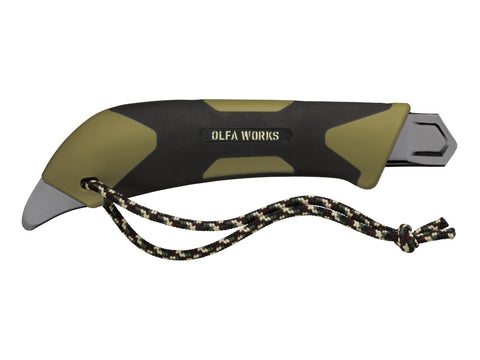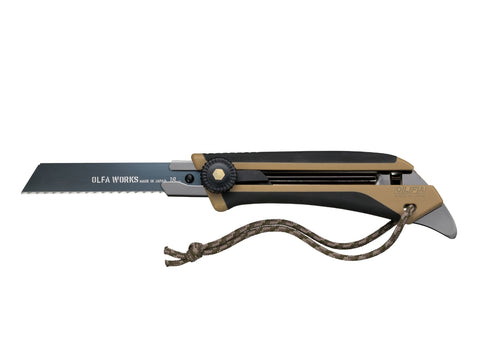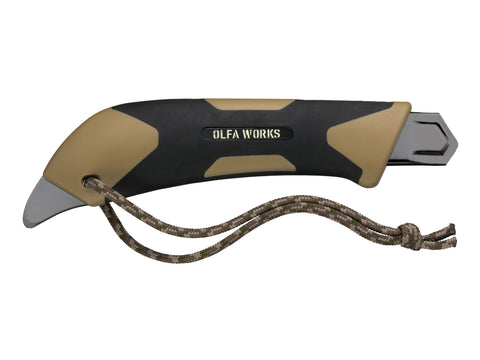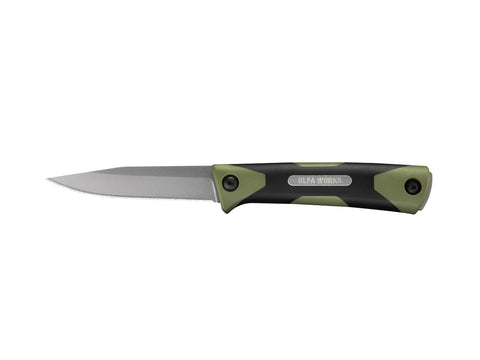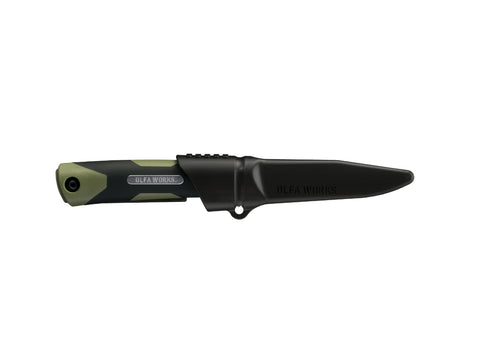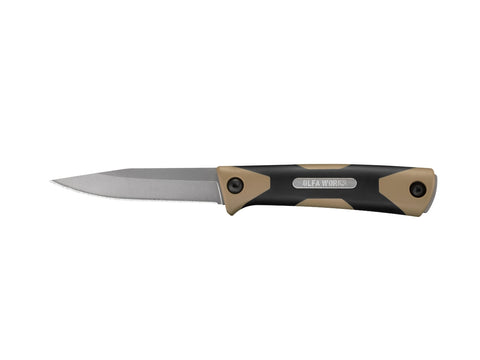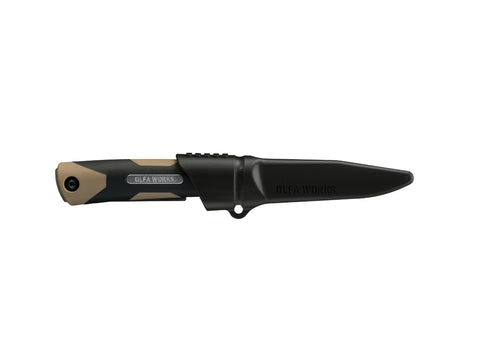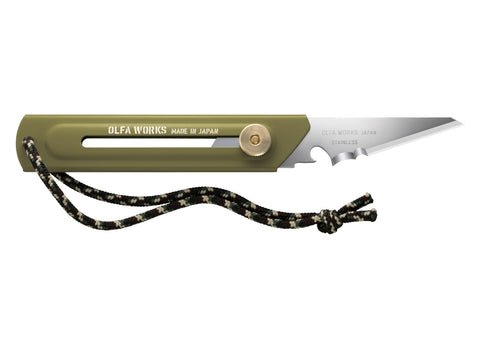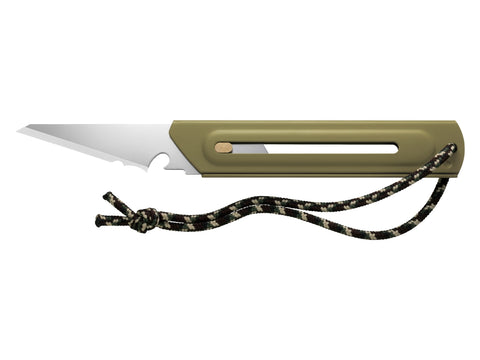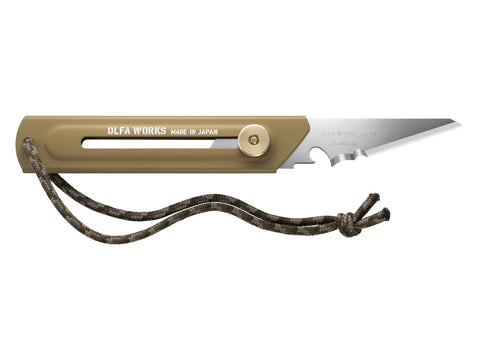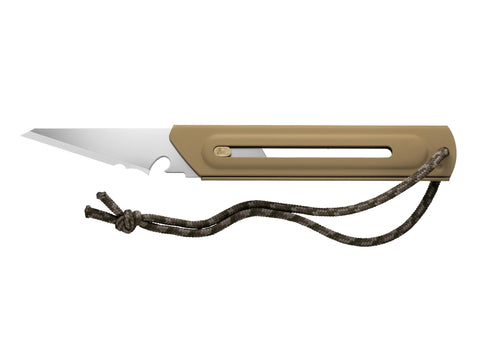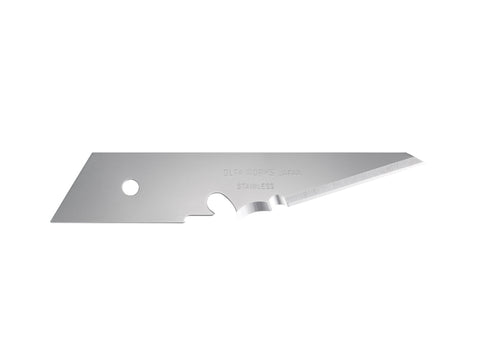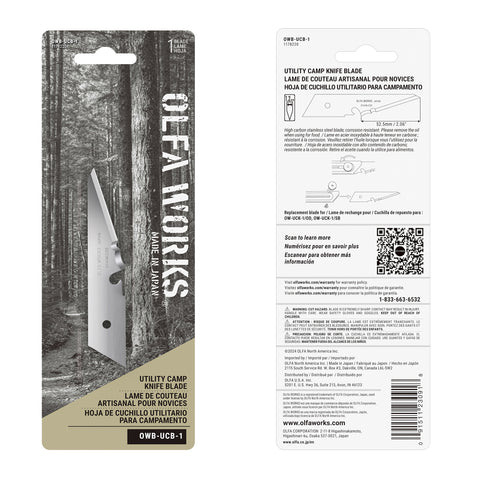Purchasing a Tent
Whether you’re planning a weekend in the woods, a cross-country road trip, or your first family camping experience, a reliable tent is your most important piece of gear. There are so many shapes, sizes, and features available that the decision can be overwhelming. Here’s a breakdown of everything you need to know before you buy. Find the perfect shelter to suit your camping style and keep you comfortable under the stars.

Before you begin, know your camping style. Are you going backpacking, where everything you need for camping is strapped to your back, or are you planning to go car camping, where you pull into a designated camping site and set up your things. The next thing to ask is who is going along. Are you going solo, as a couple, or with a family? Finally, are you planning occasional short camping trips, or are you planning to use your campsite for a longer base camp, perhaps for a fishing expedition or hiking adventure. How you plan to use a tent will help you decide which features are most important.

Before you begin shopping, you need to understand the main parts of a tent. The tent body is usually made of nylon or polyester and has mesh panels for ventilation. This is where you’ll sleep and rest. It will include windows, doors with zippers, and interior pockets or gear loops to store your devices, glasses, and to hang lanterns. The rainfly is a waterproof cover that goes over the tent to protect it from wind and rain. Tent poles support the structure of the tent and give it it’s shape. They can be made of aluminum, which is light weight and strong, fiberglass that is less expensive, heavier, and can break under stress, or steel, which is very strong but is mostly used in larger tents. Pole hubs connect multiple poles at one point, common in dome tents. Clips or sleeves attach the poles to the body of the tent. Clips are quicker to use but sleeves are stronger in the wind but harder for assembling the tent. Tent stakes, or pegs, secure the tent to the ground to keep it from moving in the wind. They can be made of metal (ideal) or plastic. Good rule of thumb is to pick up a few extras whenever you can. A mallet or hammer is handy for pounding into hard soil. Guylines are cords that attach from the rainfly or tent body to the stakes in order to keep the tent stabile. The footprint is a separate, protective layer that goes under the tent to prevent it from getting punctured by rocks or moisture seeping into the tent. It’s usually sold separately but a tarp of the right size can also be used. A vestibule is a space outside of the tent that gives you an area to store boots or other gear. It’s usually built under the rainfly with some tents having two vestibules.

Newer tents have an integrated tent floor which is often waterproof and thicker than the walls. They are designed to resist moisture and abrasion. Some tents will have a ‘bathtub’ style floor that curves up at the bottom of the tent to keep rain from seeping in. Most tents have one door, with many having two, that open and close with two-way zippers. Two is best. More expensive tents have storm flaps over the zipper plackets. Pockets are sewn into the walls to hold phones and glasses, while gear lofts are a mesh shelf that is near the ceiling for storing small items and a lantern. You’ll find ventilation panels and vents on the rainfly to help with airflow and to control condensation. Most tents include multiple storage bags for packing all the assembly components, keeping them together in one place. If you’re backpacking, look for ultra-light tents.

Generally speaking, tents come in three styles – dome tents that are lightweight and stable, cabin or straight wall tents that are spacious, and A-frame or teepee style tents, although those are uncommon. With their rounded shape, dome style tents are more stable in wind and rain. Water sheds off of them easily. They are lightweight and compact, making them easier to carry and faster to set up, plus you can move them around before you stake them down. However, they have less headroom as the peak height is at the center of the tent and the sloped walls reduce the amount of space on the sides. They may feel tight to taller individuals or families. Look for tents with a 6’ height at the peak. With their vertical walls, straight wall tents have the maximum of usable inside space. There is more headroom so taller people can stand up and walk around easily. Their spacious interior is ideal for families because you can set up room dividers for privacy plus they have multiple doors. They feel more like a room and are ideal for long stays at a campground. Because they are bulkier and heavier, they take more time to set up. They can catch wind, too, making them less stable in a storm. Straight wall tents tend to be more expensive because they are made of more material, and have more poles, zippers, and add-ons. They are built for comfort. For short trips, and tighter budgets, dome tents are the choice for casual campers.

Don’t be deceived by the tent capacity on the label vs the real comfort factor. Consider space for sleeping bags, gear, pets, and tall (or small) people. Always size up. The capacity rating, such as 2-person or 4-person tells you how many people the tent can fit without any gear. A 4-person tent will be adequate for two people – unless you want to add cots, maybe a table, and other cozy comforts. In that case, a 6-person tent would be a better choice. Look at the floor dimensions and peak height, especially if you want to stand or change your clothes inside. A larger tent is handy if you want to invite a third person or have little kids staying with you. It’s also a great place to weather a storm without feeling cramped. Vestibules or gear lofts will give you more space inside if you use them to store backpacks and boots. If there are display tents in the store, walk around in them and lay on the floor to see if you have adequate space. It may seem like a splurge to spend a little more on a tent that has features you’re not sure you’ll use, but it’s worth it. Tip: if you feel you need a larger size after a few trips, some chain stores will let you upgrade your tent. They’ll apply a cash amount to a new purchase, but you need to have purchased your previous tent from them originally. They resell used gear in their store.

No matter when you camp, the weather is a major consideration when choosing a tent. Tents have seasonal ratings: 3-season tents are best for spring, summer, and fall, while 4-season tents are made for winter and high winds. Look for a tent with good wind resistance, choosing aluminum vs fiberglass poles, seam-sealed or taped seams and a bathtub-style floor to keep out water, plus adjustable mesh vents to help reduce condensation and increase airflow. A rainfly with full coverage is a must. Durable fabric with a higher denier rating, reinforced seams, and strong zippers will make a difference when it’s raining or cold and snowy.
Have a salesperson show you how a tent sets up, explaining how the poles are color coded and inserted or clipped, as well as other tips to make set up easier. Freestanding tents are usually quick to pitch as are pop-up tents. Practice multiple times before you hit the campsite – you don’t want to look like a rookie! Tip: have the entire family assembled for practice sessions. You’ll avoid campground tension if everyone knows how to pitch the tent.
Privacy while changing clothes in a tent, especially on family or group trips, is important for personal comfort. Some tents include zippered fabric dividers that split the tent into two rooms. You can change on one side while others sleep or relax.
Tents with blackout fabric block the light, offering more privacy when changing at night with a lantern on inside. If you don’t have this feature, place a lantern on the floor at the lowest light setting. An extra pop-up tent can be used for changing or washing up. It sits outside of the main tent. In tight spaces, campers can change inside their sleeping bag.
Lay out what you need for bedtime ahead of time (especially if using shared tent space). This avoids digging through gear in the dark or in front of others.
As with any hobby, once you’ve been camping a bit, you’ll want to add extras! These are features that aren’t strictly necessary, but making camping more comfortable, organized, and enjoyable. A small tent for little kids to play in during the day – or a larger tent to give the older kids a place to spend time away from the rest of the family is worth the money. (Make sure your campground allows two tents on a site.) A screen porch that you can set up over a picnic table gives a bug-free zone to sit, eat, or read. Great for rainy days. Some tents come with an attached porch, too. There are tents available that come with E-Ports, a zippered pass-through port for running power cords into the tent from a generator or outlet. You’d need to reserve an electricity enabled site to use them. Reflective guy lines make them easier to see at night and cuts down on tripping. You can also add reflective tape to stakes or wrap around lines. For privacy and blocking the sun’s glare, find a tent with tinted windows. Besides these items, there are lots of great finds that will keep you feeling cozy in your tent.
A great adventure starts with great shelter. The right tent makes all the difference—whether you're chasing solitude or wrangling kids at a campsite. A good tent will keep the bugs out, the rain off, and the snoring contained. Find the perfect tent by choosing wisely, picking a tent that suits your camping style, and your family. Don’t forget to test it out before you go. Happy trails!

For more camping tips and outdoor inspiration, read our blog and join the adventure. Always remember to pack your OLFA Works tool kit – you’ll regret leaving them at home if you don’t.

